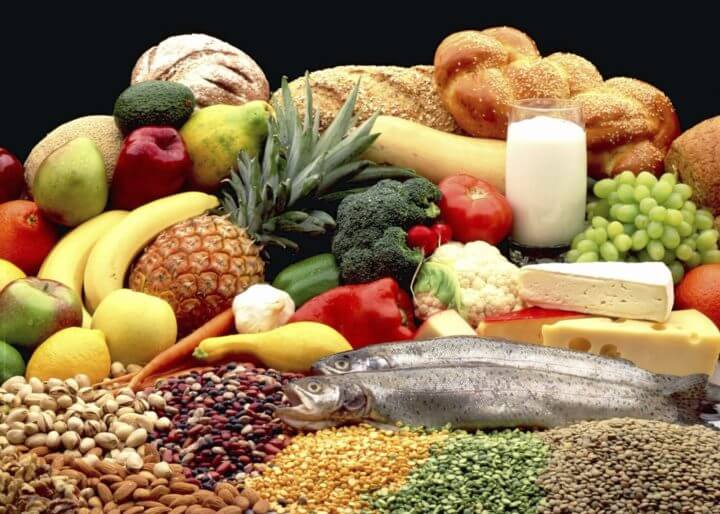Our diet completely influences our health and well-being. This is something that many of us already assume, but now very extensive scientific research has been done on it.
For this, the lifestyle of an indigenous population of the Bolivian Amazon called the Tsimane has been investigated , who, thanks to their way of life and diet, do not show almost any heart disease. They also have minimal hypertension, a low prevalence of obesity, and their cholesterol levels are relatively healthy (Kraft et al. 2018).
On the other hand, the incidence of type 2 diabetes in their lives is minimal, leading scientists to consider the role that diet plays in the cardiovascular health of the Tsimane, and how this could be affected as the population grows. exposes more to globalization and market forces.

Scientific evidence of the impact of diet on health
UC Santa Barbara cannibals Thomas Kraft and Michael Gurven are part of the Tsimane Health and Life History Project , a project supported by the US National Institutes of Health, which conducted the first systematic study to examine what a Tsimane consumes regularly. , comparing it with that of Moseten, a neighboring population with a similar language and ancestry, but whose eating habits and ways of life are more affected by Western influence.
Gurven expressed the following: "Previous work showed that the Tsimanes have great cardiovascular health, so there is a lot of interest in understanding why and how." To do this, they conducted a detailed analysis of the Tsimane diet and then compared it to what Americans typically eat today and to diets that claim to be heart healthy.

What is the Tsimane diet based on?
The Tsimane diet is high in calories (2,433-2,738 kcal / day). It is characterized by a high consumption of carbohydrates and proteins, and a low consumption of fats (64, 21 and 15% of the diet, respectively). Also, the Tsimane do not eat a wide variety of foods, relative to the average US or Moseten diet.
Nearly two-thirds of its calories come from complex carbohydrates, particularly bananas and rice. Another 1% comes from more than 40 species of fish, and 6% from wild game. Only 8% of the diet came from external markets.
Despite the low dietary diversity, the researchers found little evidence of micronutrient deficiencies in the daily intake of Tsimane. Calcium and some vitamins (D, E, and K) were in short supply, but potassium, magnesium, and selenium intake, often linked to cardiovascular health, far exceeded US levels. On the other hand, fiber intake Diet was almost double the US and Moseten levels.
Throughout the five years of the study, the researchers observed that the Tsimane's total energy and carbohydrate intake increased significantly, especially in villages near market towns. On the other hand, their consumption of food additives (lard, oil, sugar and salt) has also increased significantly. In contrast, the Moseten, consumed substantially more sugar and cooking oil than the Tsimane.

Best type of diet in health
The researchers concluded that a diet rich in energy and rich in complex carbohydrates is associated with a low risk of cardiovascular disease, at least when combined with a physically active lifestyle (Tsimane adults walk approximately 17,000 steps per day, compared to 5,100 for Americans).
Moving away from a diet rich in fiber and low in fat, salt, and processed sugar poses a serious health risk to populations in transition. In this sense, the evidence of the nutritional transition in Bolivia parallels the trends in increasing body fat and body mass index among the Tsimane, suggesting that the low prevalence of cardiovascular disease may not persist.
According to Gurven, avoiding the inconvenience of changing diets and lifestyles will be critical for groups like the Tsimane. Many other indigenous populations in South America, Africa, and Southeast Asia find themselves in similar situations. And rates of obesity, type 2 diabetes and heart disease are high among indigenous groups whose ways of life are no longer traditional, including many aboriginal populations of the Indians and Australians of North America.

conclusion
This research makes it clear that the eating habits of Western society have a very negative impact on health, so we would probably have to learn a lot about the eating habits of indigenous societies not "contaminated" by Western eating habits.
Reference
- Kraft, T., Stieglitz, J., Trumble, B., Martin, M., Kaplan, H., Gurven, M. (2018). Nutrition transition in 2 lowland Bolivian subsistence populations. The American Journal of Clinical Nutrition. doi: 10.1093 / ajcn / nqy250
